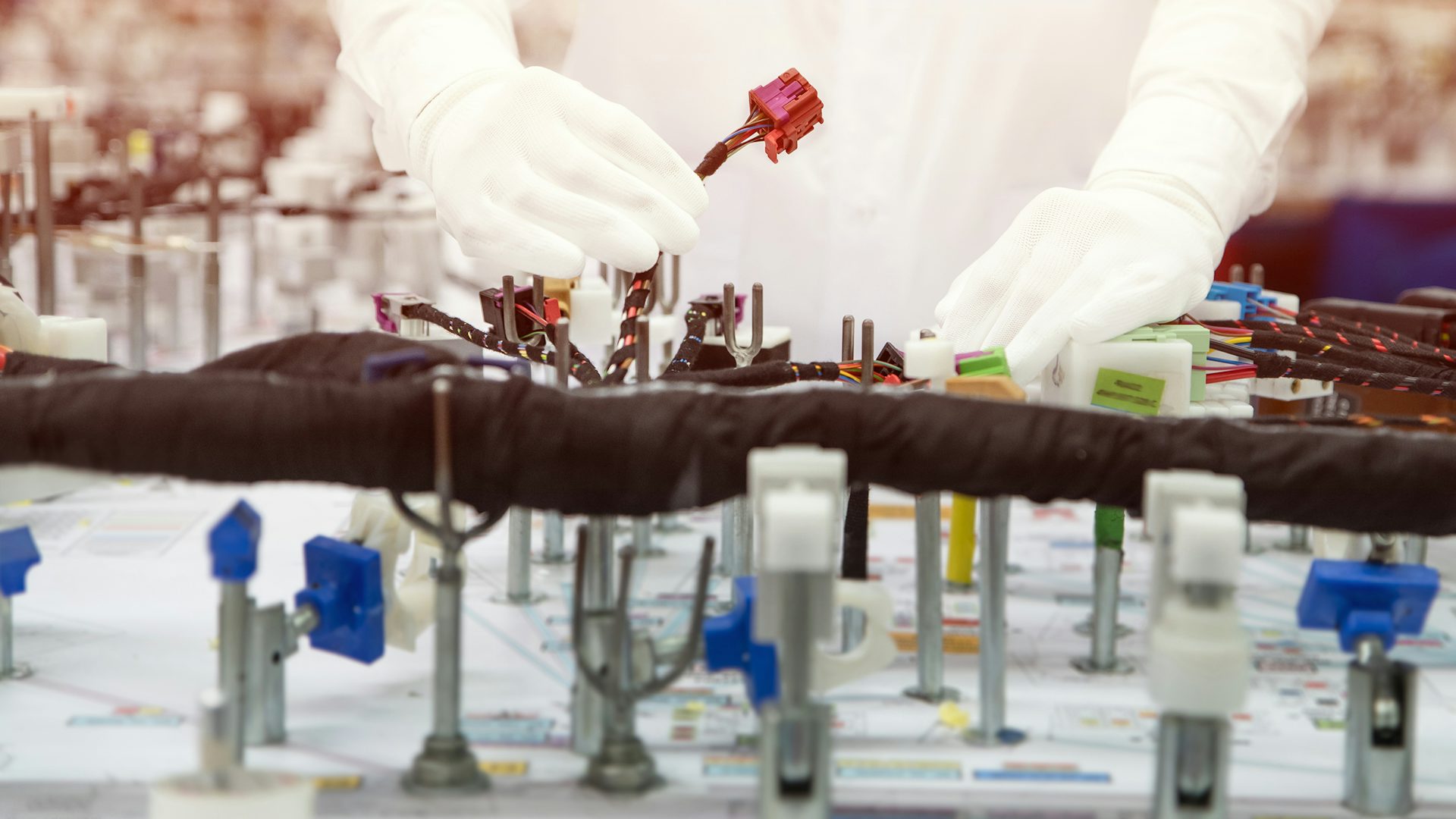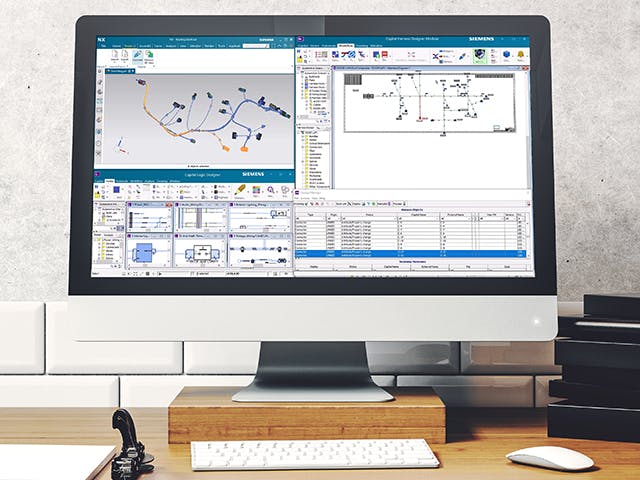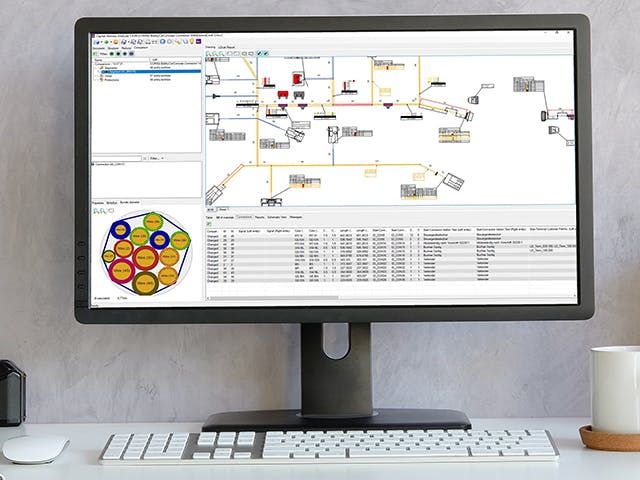
Gain a competitive edge with advanced design automation
Wiring harness design
Wiring harness design engineers can effectively capture design intent to create fully detailed and validated harness designs rapidly and accurately.
Wiring harness product engineering
Capital offers automated wire harness engineering, validation and reporting capabilities, enabling harness engineers to efficiently prepare product data.
Wiring harness costing
Capital wiring harness cost modeling enables engineers to create comprehensive models that ensure realistic cost generation and accurate quotations.
Capital helps engineers cut costs and improve quality
Reduce new product introduction times by leveraging digital data continuity and intellectual property (IP) reuse. Optimize designs and improve product quality by applying automation and simulation with digital twin technology.



